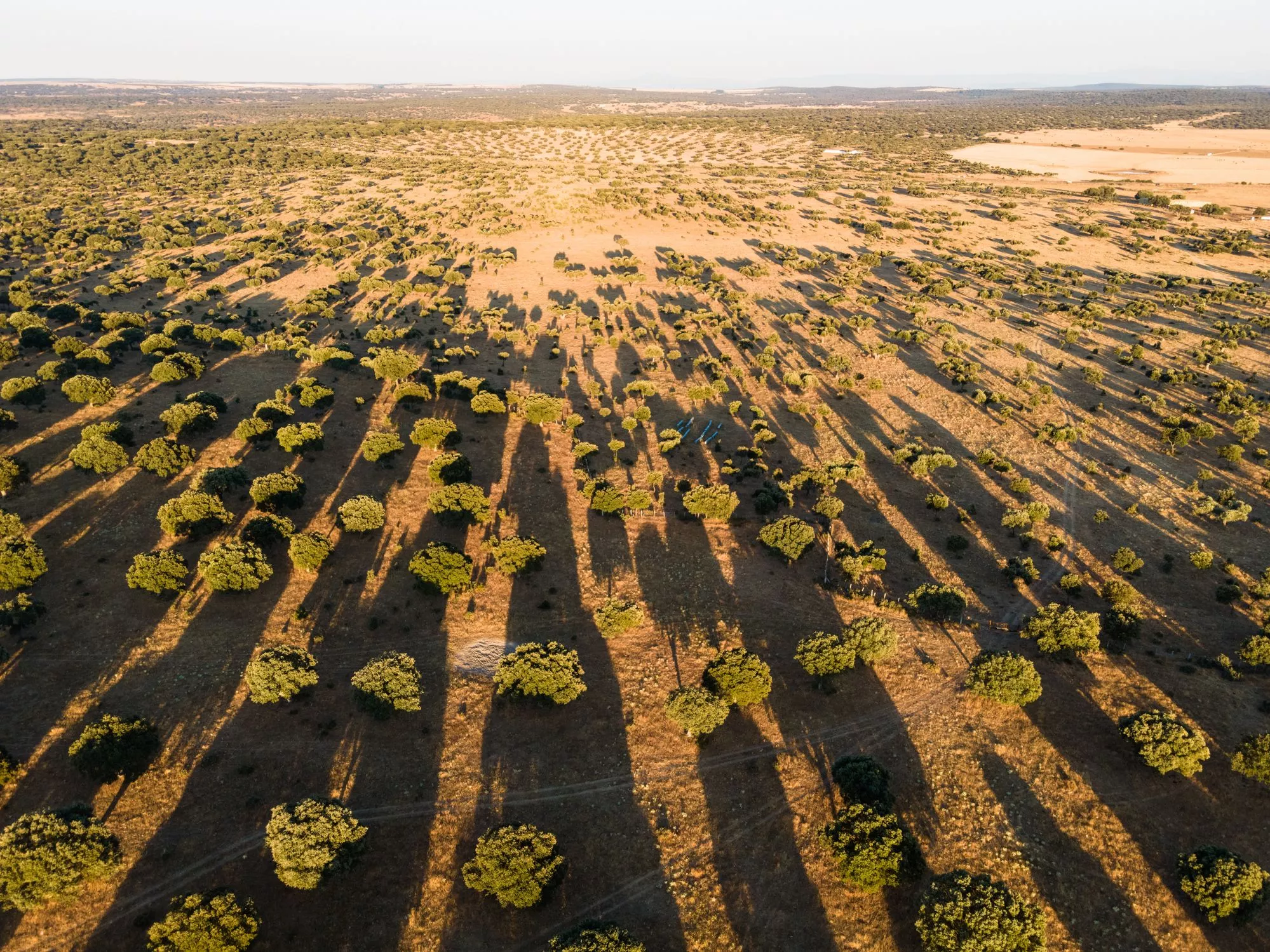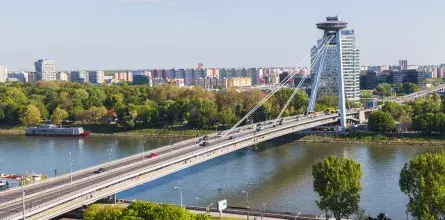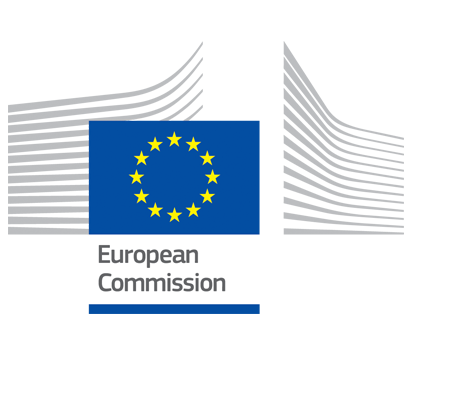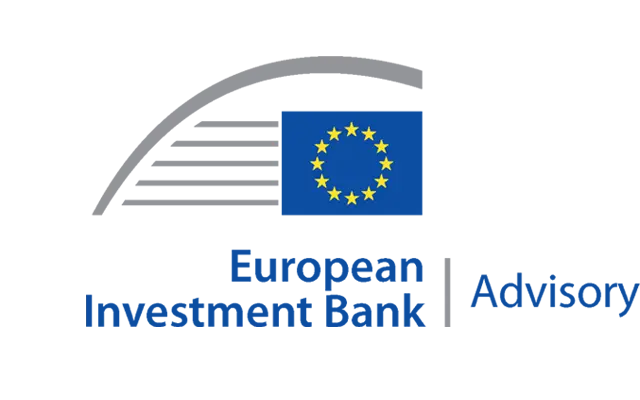An interview with Afrodisio Miguel Alcalde Domínguez, Manager of the Agricultural Division, Unicaja, Salamanca to find out more about how this instrument helped support farmers and agri-businesses in Spain.
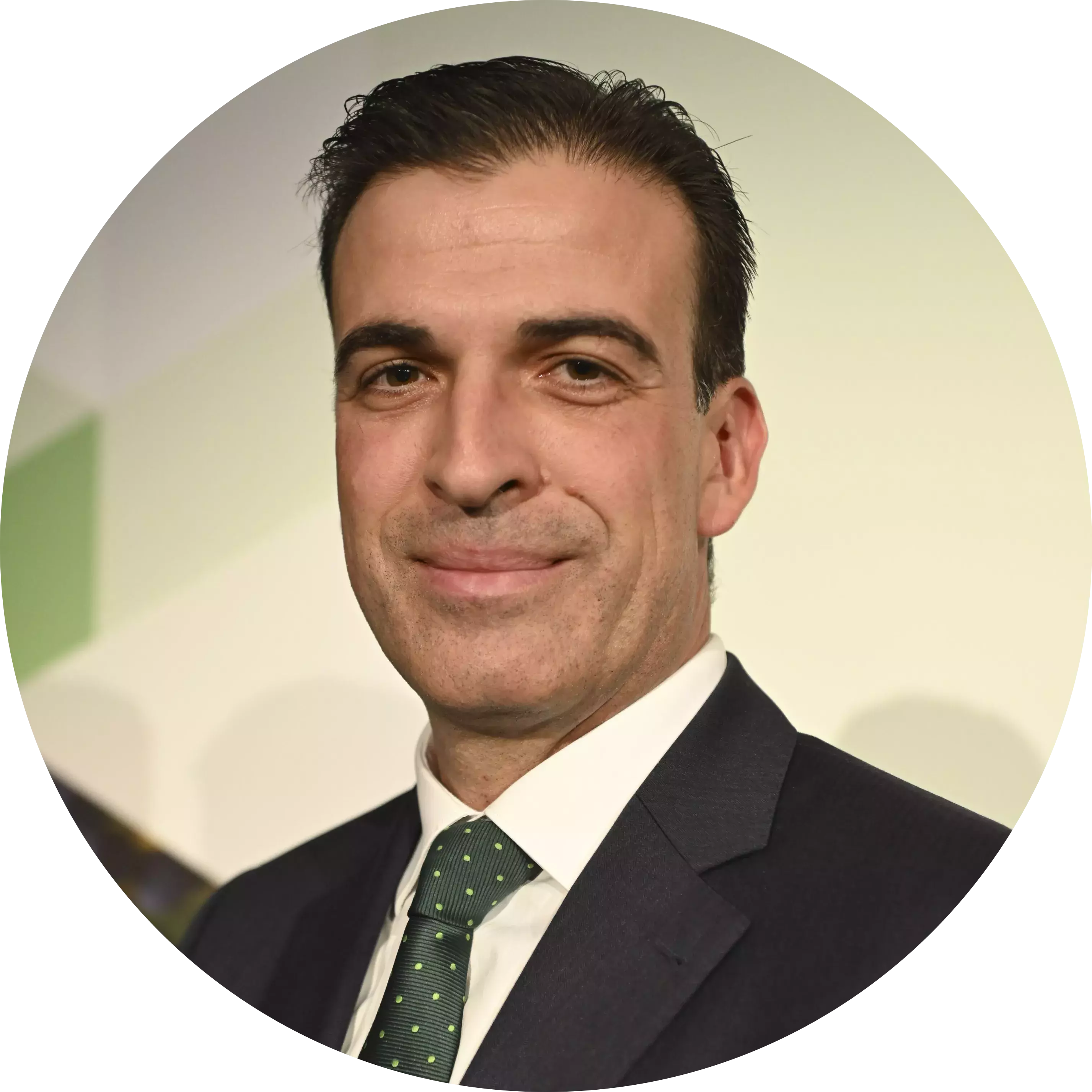
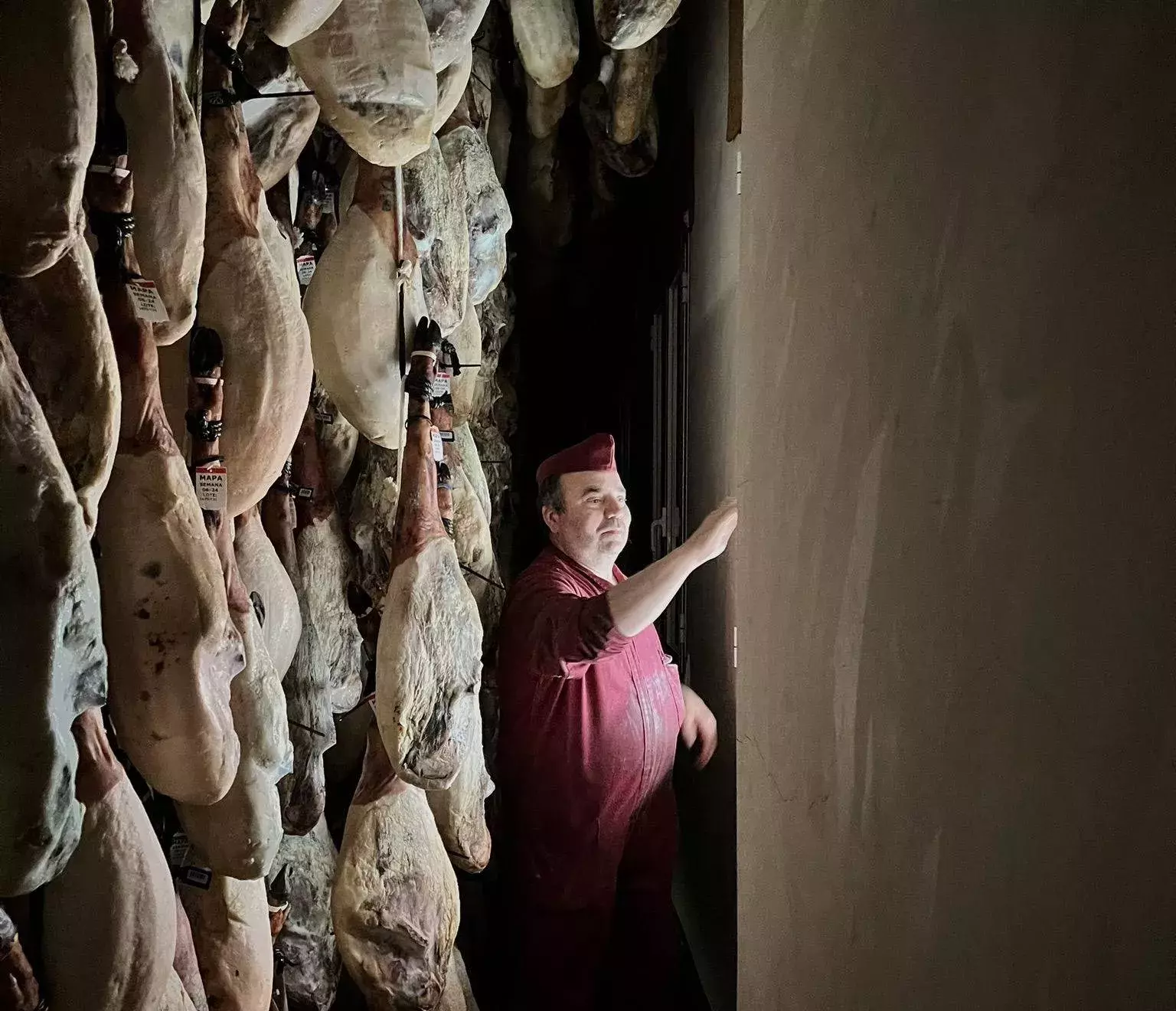
1. When did you sign the operational agreement for the EAFRD Centralised Management Financial Instrument (IFGC)? How long is the agreement in place for?
Unicaja has been committed to the IFGC from the very outset and became formally associated with the programme since the agreement was signed with the Ministry of Agriculture in October 2018 and with the Junta de Castilla y León in January 2019. The initial agreement was in place for four years, and in 2022 we renewed it for another four. I am convinced that Unicaja will sign an agreement with the new IFGC when it is possible to do so.
2. Could you briefly explain what the IFGC financial instrument is? What is its purpose? Who are the main stakeholders?
The IFGC is a public support mechanism for crop and livestock farms and businesses in the agrifood sector. Its aim is to improve access to finance for improvement and modernisation projects. The IFGC assesses projects that are submitted by farms and businesses in the agrifood sector, and if a project meets certain requirements, it approves the financing, providing banks that are part of the scheme with a guarantee covering 80% of the amount loaned to the beneficiaries.
3. Why is it advantageous for a bank such as yours to be involved in the programme? Please give specific details.
Unicaja is very selective and has very exhaustive processes in place for evaluating projects. The fact that 80% of the loan is guaranteed does not change our assessment process or make it any less rigorous, as demonstrated by the low rate of default in this type of operation.
The additional guarantee provided by the IFGC allows us to finance projects that, due to their size, would usually require other guarantees, which would be highly costly for the beneficiary to arrange, thus very possibly rendering the project infeasible. Examples of other guarantees include: mortgage guarantees, formal guarantees and guarantee payments to mutual guarantee societies.
The IFGC has many advantages and all parties benefit in one way or another. It is advantageous for beneficiaries because it makes it easier for them to finance their projects, and also for banks because they are guaranteed to have part of the loan repaid if beneficiaries default on their repayments.
4. What other financial products could potentially be offered as part of the IFGC?
EURIBOR rates have risen significantly in recent years. In my opinion, loans guaranteed by the IFGC should be more flexible to allow changes to be made in light of this increase. I think there should be a variant of fixed-rate loans. This would make it possible to sign loans for investment projects when interest rates are unattractive for applicants, for example when EURIBOR rises.
5. What challenges did you face when implementing this programme? How did you overcome them?
One of the challenges was that employees and beneficiaries were not familiar with the IFGC. Unicaja ran training courses for its employees so that they were able to explain the advantages of the product to our clients. In addition, information sessions were held with agricultural professional bodies so that they could pass on information about IFGC support to their members.
We guide beneficiaries and process and manage their IFGC applications. We do not only review and grant loans once support has been approved; instead we provide a complete service for the whole duration of the investment project.

6. How would you describe your experience of working with stakeholders while the project was being implemented?
The IFGC, Saeca and Unicaja have always worked closely with one another. Since we have been involved in the programme, we have remained in close contact with our clients every step of the way; starting with initial consultation and the loan application, before moving on to application processing and then finally to signature.
We also maintain contact to organise further consultations and to get involved in new IFGC support measures in the future.
7. What happens if a borrower defaults on an IFGC-backed loan? What is the default rate on your portfolio?
After 90 days of default, the financial institution sends the debt certificate to the IFGC and a few days later receives 80% of the unpaid amount, as per the guarantee.
It is a quick and efficient solution that ensures that the financial institution does not incur any additional costs.
Our default rate on this product is very low – below 0.3% – and well below average. This is a testament to the quality of the projects that the IFGC guarantees, to the professionalism and reliability of those operating in the sector that benefits from support via this mechanism, and also to the care taken by the Unicaja risk department when evaluating projects.

8. How did you assess the soundness of Mr Berrocal’s investment project? What aspects of the project interested you?
Managers with significant experience working on Mr Berrocal’s other businesses are working on the Garcigrande Embutido de Tres project, which demonstrated the applicant’s professionalism and reliability.
The Iberian pork industry is quite special: production processes are highly regulated, products have to meet high standards and there is a real sense of craftsmanship, which ensures consistency but also means that no two products are exactly the same. No two hams, pork loins or sausages are exactly the same. His reliability, commitment to his work and the uniqueness of his product and production processes were the elements of his business plan that most stood out to us.
After COVID-19, Garcigrande needed working capital, which was the reason for his financing. The loan terms were compatible with his product rotation cycle and so we decided to begin the IFGC application process.
The project generally met Unicaja’s financial requirements for a loan to be granted. Garcigrande had everything ready from the beginning: a financial plan, a business plan (on which we advised him), a market study and cost-benefit analysis. This, together with the support of the IFGC, made us decide to present the project to our risk assessment department, which approved the financing.
9. Did you provide technical assistance during the implementation of your project?
Unicaja guided Garcigrande throughout the IFGC application process. We provided advice on putting together a business plan and gave them guidance on the documentation they would need to provide in order to give their project the best chances of approval from the supervisory committee. We carry out every step of the IFGC application process.
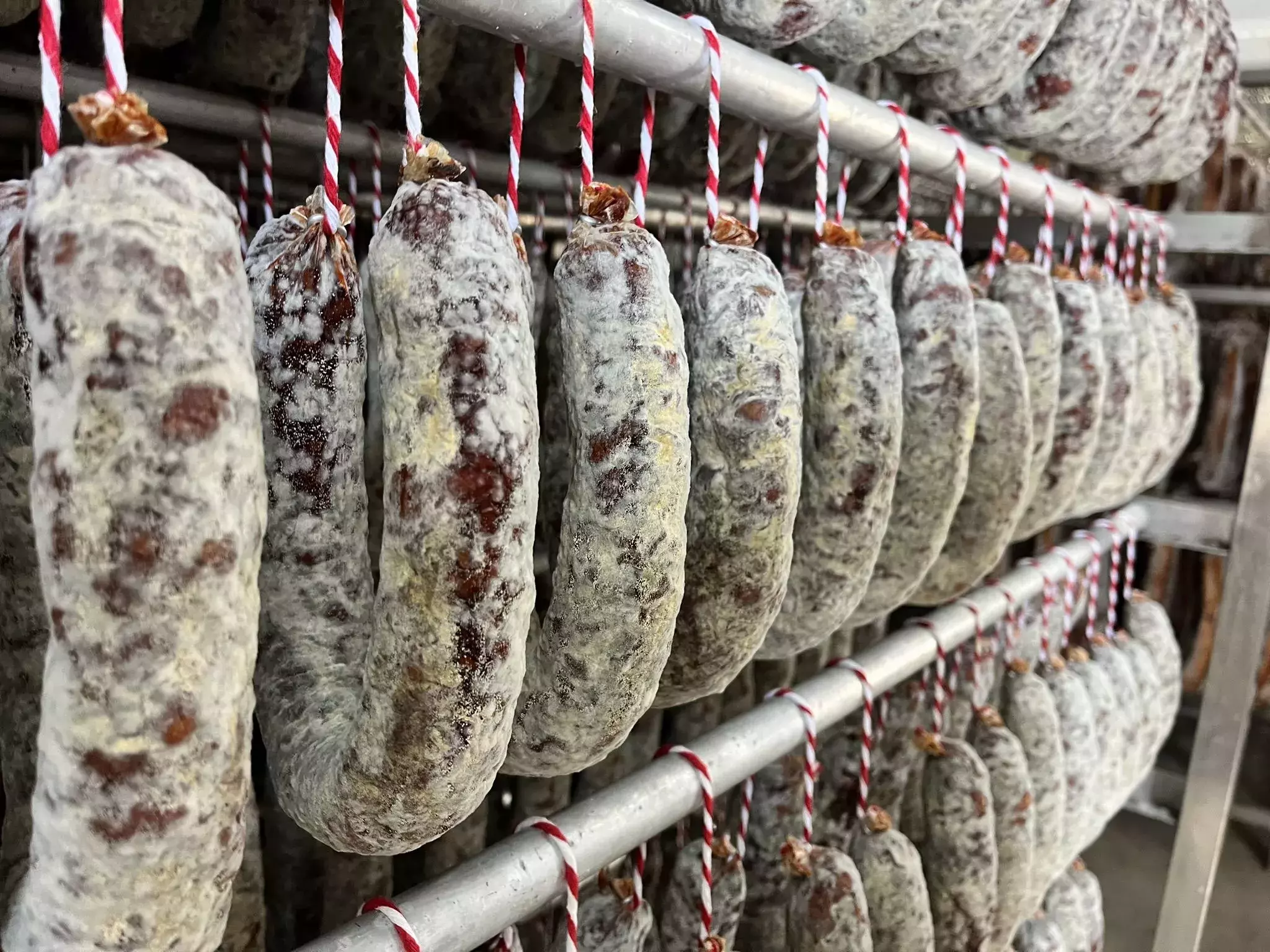
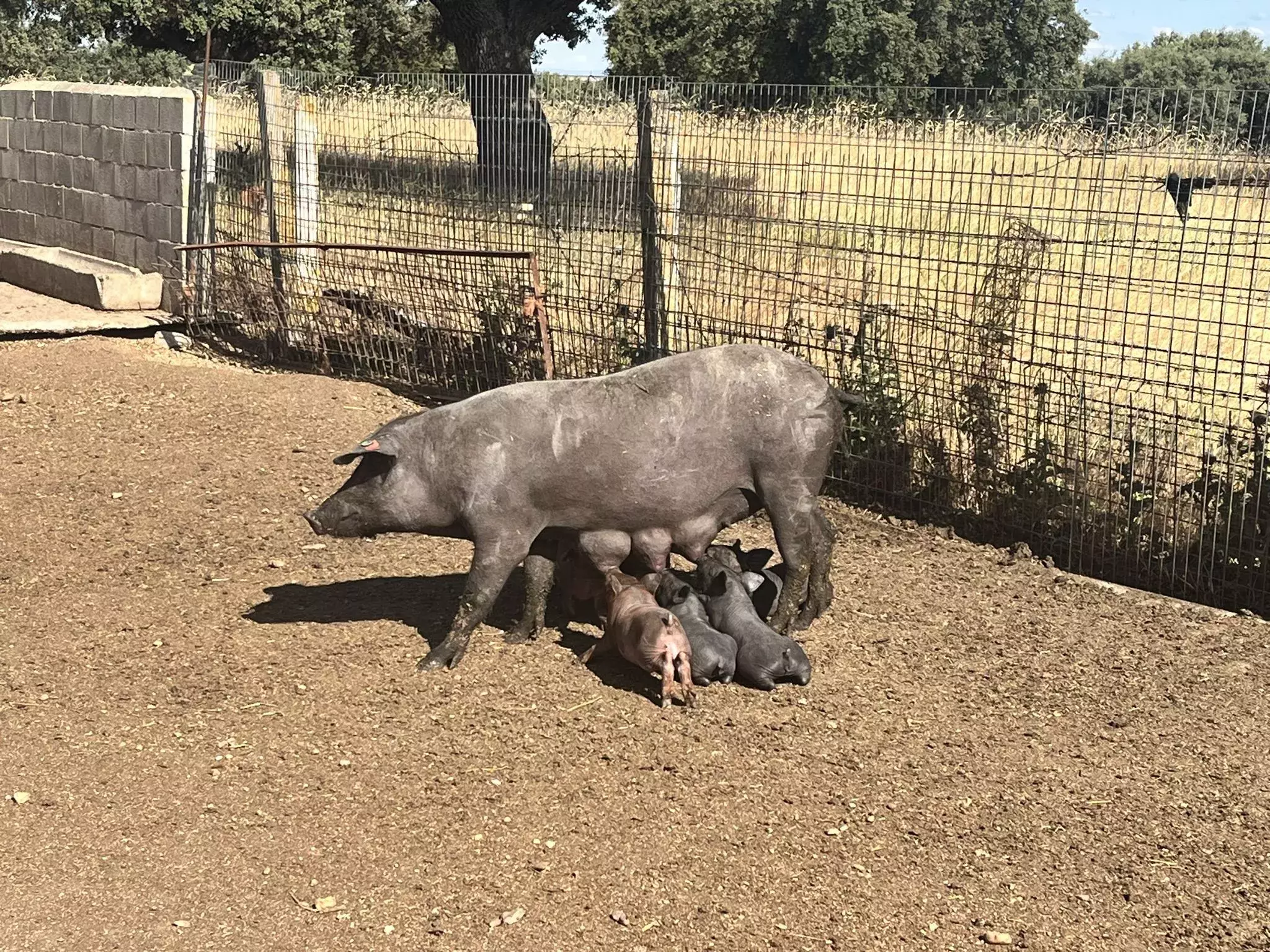
10. What type of loan did he benefit from? What are the main advantages for the business?
Thanks to IFGC support, Garcigrande received a €150 000 loan for working capital to buy raw materials, but not equipment. He needed to increase his stock of raw materials for his business to grow, which this loan allowed him to do.
The repayment plan is €50 000 per year and the interest rate is EURIBOR + 2.
This was certainly beneficial for the business. The IFGC’s 80% guarantee on the loan opens the door to future financing operations. The risk departments of financial institutions view it favourably if a company has taken out loans that have been guaranteed by a public body. This can make it easier to approve new financing operations.
11. It would be great if you could share some more detailed figures with us. As it stands today, how many clients have benefitted from the programme in Castilla y León and in Spain as a whole? What is the total amount of the loans that have been granted? What is the average loan amount? What kind of companies have received support and what is their size?
I can provide data about Unicaja in Castilla y León, which is where I have the most experience. This year, more autonomous communities have joined the IFGC and Unicaja has signed a cooperation agreement with all of them. I am convinced that loans of this kind that have been signed at Unicaja will soon grow exponentially all around the country.
Since we signed the cooperation agreement in 2018, we have granted 193 loans in the autonomous community of Castilla y León, which in total adds up to €20 million.
The average loan amount is approximately €100 000 and the vast majority of companies requesting IFGC support are self-employed individuals and micro-enterprises, followed by a handful of small and medium-sized enterprises.
12. Finally, can you say a few words about the economic impact of IFGC-supported projects in the region?
I am a loyal supporter of the IFGC as a way of making finance available for these kinds of projects.
The IFGC has without a doubt contributed to modernising farms and the farming sector in the region, which without this support would not have been possible.
The IFGC supports the projects of self-employed individuals and small and medium-sized enterprises that otherwise would not be possible.
I do not have the exact figures to hand regarding the loan amounts and number of projects that the IFGC has supported in Castilla y León, but I wholeheartedly believe that without this mechanism in place, the farming sector would not have reached the same level of development and modernisation as it has done thanks to the IFGC.
